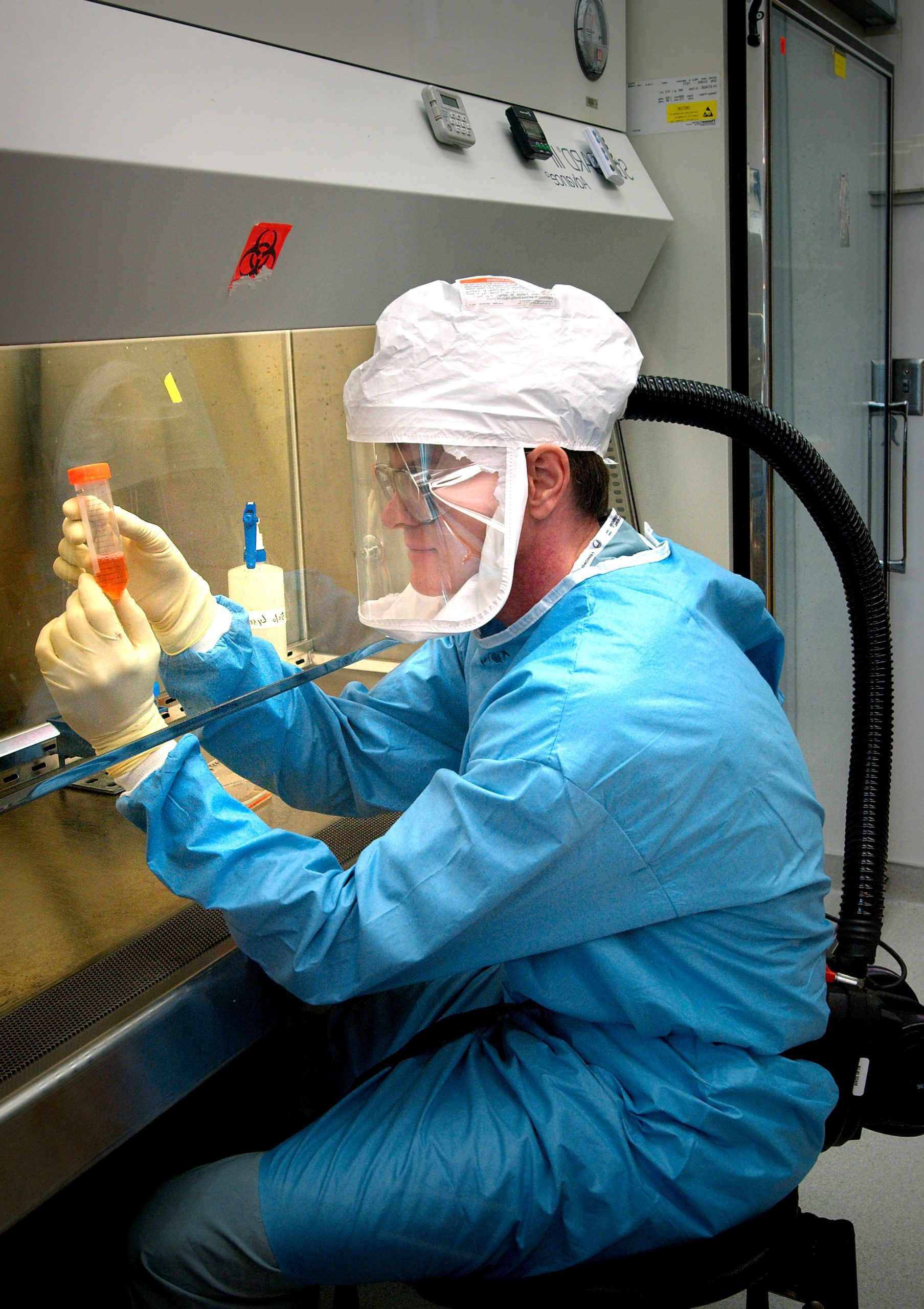4 BIOSAFETY LEVELS

The 4 Biosafety Levels Explained
Biosafety levels (BSL) are also known as biohazard levels or biohazard safety levels. They are designed to ensure the safety of laboratory personnel, the environment, and the community. These 4 biosafety levels range from one to four. These levels have been categorized by the Centers for Disease Control and Prevention (CDC) based on factors such as the severity of the disease, infectivity, transmissibility, and the type of work conducted in the lab. Exposure method and the source of the agent or microbe are also determining factors. Biohazard safety levels are essential in determining the nature of work within a laboratory. Influencing facility design and safety equipment requirements are also factors. Biosafety levels provide guidelines for handling biohazardous situations. These levels also help protect laboratory staff and the surrounding community.
Biosafety Level Meaning
The meaning of biosafety level (BSL) relates to a series of designations used to inform laboratory staff about the level of dangerous biological elements in laboratories and other settings. There are a total of four levels of biohazard safety. They are ranked in order of increasing risk by the CDC. The containment range begins at BSL-1 at the lowest level, up to BSL-4 for the most dangerous level. Biosafety encompasses defined training, safety practices, procedures, healthcare infrastructure, and occupational health plans to effectively manage biological hazards and infectious microorganisms. The goal is to protect individuals working with harmful biological materials and prevent the spread of dangerous biological agents to the environment and public.
Differences Between the Four Biosafety Levels
Biosafety Level 1 (BSL-1)
This is the lowest level of biosafety and applies to labs working with low-risk microbes that pose minimal threats to healthy adults. Examples include nonpathogenic strains of E. coli. BSL-1 labs follow standard microbial practices and basic safety measures. Safety protocols for biosafety level 1 labs include:
- Hand washing
- Mechanical Pipetting
- Safe handling of sharps
- No eating, drinking or smoking
- Biohazard signs displayed
- Use of PPE (Personal Protective Equipment), including gloves, goggles, lab coat
- Daily cleaning/decontamination of all work surface
Biosafety Level 2 (BSL-2)
Labs at this level handle agents associated with human diseases (pathogenic or infectious organisms) that pose a moderate health hazard. Examples include HIV and Staphylococcus aureus. BSL-2 labs require additional precautions above BSL-1 requirements, including:
- Appropriate PPE, possibly including face shields
- Access to eyewash stations
- Autoclave for decontamination
- All dangerous procedures performed within a biological safety cabinet
- Lockable, self-closing doors
Biosafety Level 3 (BSL-3)
This level builds upon the measures of BSL-1 and BSL-2 and is used for labs working with exotic or indigenous microbes that can cause serious or potentially lethal diseases through inhalation. Examples include tuberculosis and the West Nile virus.
BSL-3 labs have much stricter controls; access to BSL-3 labs is restricted and controlled at all times, and additional safety measures are implemented:
- Specific PPE; respirators may be required
- Hands-free sink and eyewash stations at the entrance
- Solid-front wrap-around gowns, coveralls or scrub suits may be required
- Sustained airflow circulation, ensuring exhaust air cannot be recirculated
- Self-closing locking doors
Biosafety Level 4 (BSL-4)
Biosafety Level 4 labs are the highest level of biological safety, and are very rare. Labs at this highest level handle highly dangerous and exotic microbes, such as the Ebola and Marburg viruses. Biohazardous agents under BSL-4 pose a high risk through aerosol and respiratory transmission. These pathogens often cause fatal diseases with no known treatment or vaccines. BSL-4 labs adhere to the safety protocols of BSL-1, BSL-2, and BSL-3, but also require additional measures.
Additional measures for Biosafety Level 4 (BSL-4):
- Change of clothes when entering the facility, and shower before departing
- All entries and departures of the facility must be fully logged
- Decontamination of all materials before leaving the facility
- PPE, plus full-body, air-supplied, positive pressure suit
- Used lab clothing must be treated as contaminated materials
- Use of a Class III biological safety cabinet
- Specialty vacuum lines, decontamination systems and multiple dedicated exhaust air systems
BSL-4 labs are usually located in isolated or restricted areas of a building, or in a completely separate building, disconnected from other facilities.
It is important to understand and follow the specific safety requirements of each biosafety level when working with microbes in a laboratory setting. These levels ensure the protection of laboratory personnel, the environment, and the wider community from potential biohazards.
What are the Differences Between Biosafety Levels?
Knowing the difference between biohazard levels is critical for anyone working in a lab setting with microbes. This Biosafety Levels chart will help illustrate the key differences between the biohazard safety levels.
Additional services provided by HazChem for both Hazardous and Non-Hazardous waste are available 24/7/365. We are always open.

Compliant. Responsive. Safe.
Call 630-458-1910 for immediate assistance. Open 24/7/365
For a FREE, no-obligation quote, click the button below
